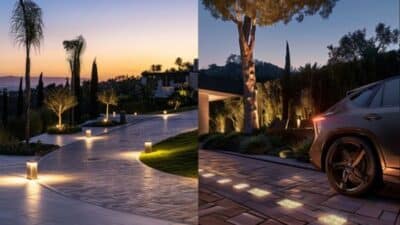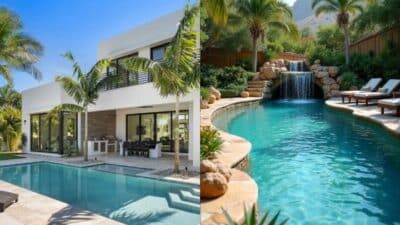Terrace seating transforms your outdoor space into a comfortable and inviting area for relaxation or socializing. Whether you have a small balcony or a spacious rooftop, the right seating setup can enhance the functionality and style of your terrace. Choosing terrace seating that balances durability, comfort, and design is key to creating an enjoyable outdoor environment.
Materials designed for outdoor use, like weather-resistant fabrics and sturdy frames, ensure your seating lasts through different seasons. Customizable options allow you to match your personal style and practical needs, from built-in benches to modular furniture setups. Thoughtful design also helps optimize space while providing a welcoming atmosphere for you and your guests.
With many styles available, from minimalist to elaborate, you can find seating that suits your terrace’s layout and your lifestyle. Considering comfort and ease of maintenance will help you get the most from your outdoor living area. This guide will help you understand the essentials and make informed choices for your terrace seating.
Key Takeways
- You need durable and weather-resistant materials for long-lasting terrace seating.
- Design choices should maximize space and comfort in your outdoor area.
- Selecting the right style helps blend functionality with your personal taste.
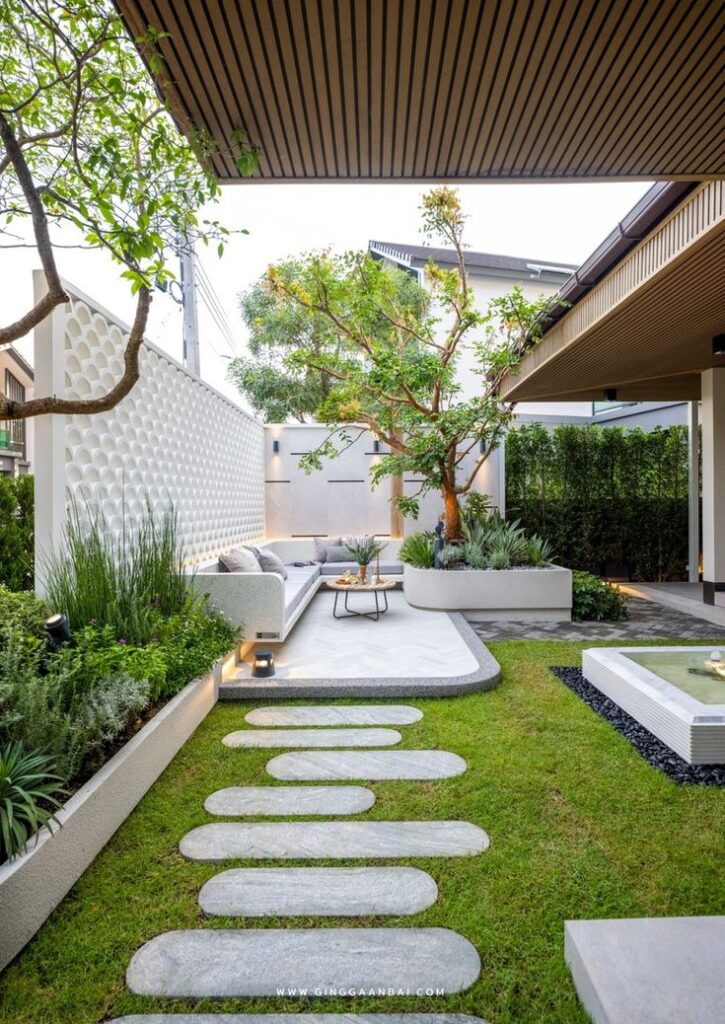
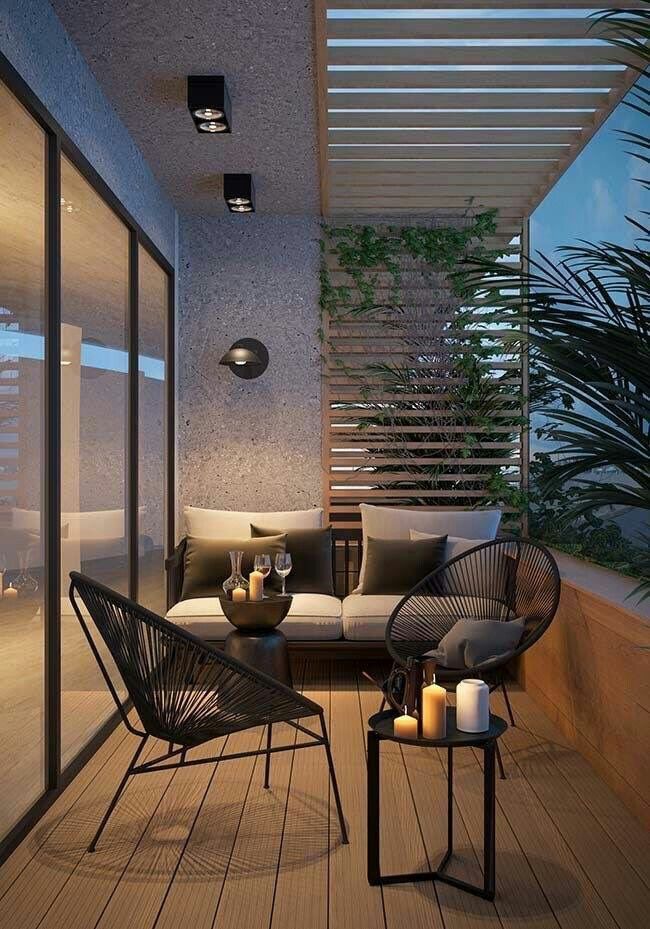
What Is Terrace Seating?
Terrace seating offers a distinct style of seating arrangement often found in venues, outdoor areas, and patios. It combines both fixed and movable furniture to provide varied comfort and functionality suited to social and viewing experiences.
Definition and Core Features
Terrace seating generally refers to seating placed on elevated, stepped platforms or open spaces. These areas often use outdoor furniture designed for durability and weather resistance.
You can expect a mix of fixed seats or movable patio furniture like chairs and tables. Some terraces feature bar-height chairs and tables to encourage standing and social interaction. In stadiums or event spaces, terrace seats might be arranged in rows with a clear sightline to the main event.
Features often include cup holders, chair backs, and sometimes inclusive food and beverage service. The design emphasizes both comfort and social engagement without fully enclosed rooms or private boxes.
Types and Variations
Terrace seating comes in several formats depending on the venue and purpose. One type uses theater-style chairback seats arranged in tiered rows.
Another variation includes loge tables or clusters of four chairs around shared tables, creating a lounge-like atmosphere. This setup is common for groups and social events.
Some terraces provide open standing spaces with bar-height fabric chairs and tables, prioritizing mingling over fixed seating. These variations accommodate different crowd sizes and preferences, balancing comfort with social flexibility.
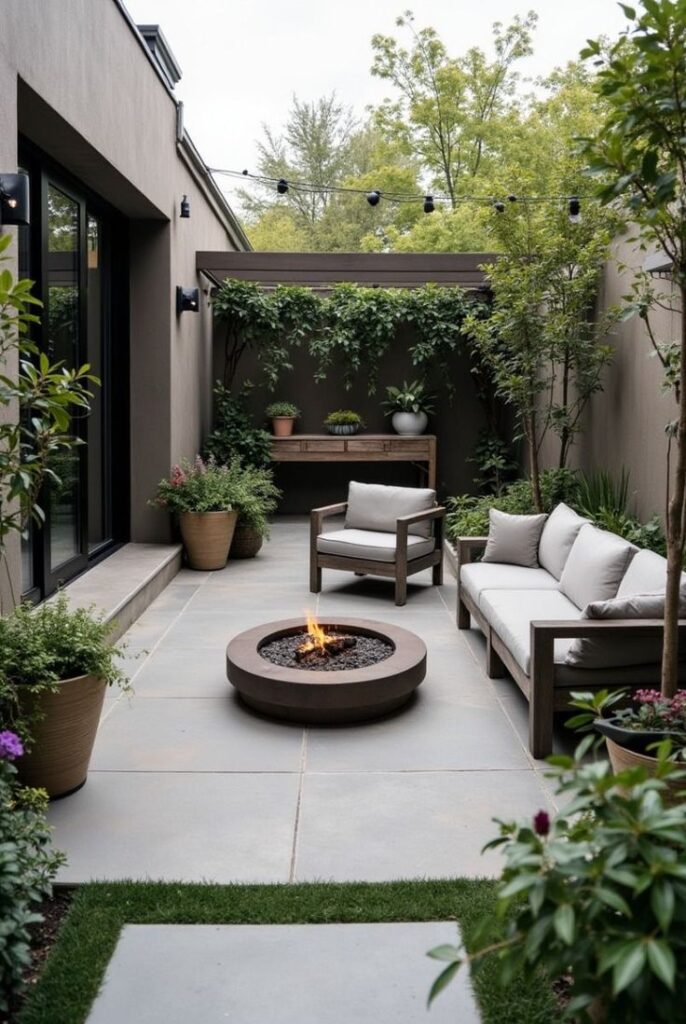
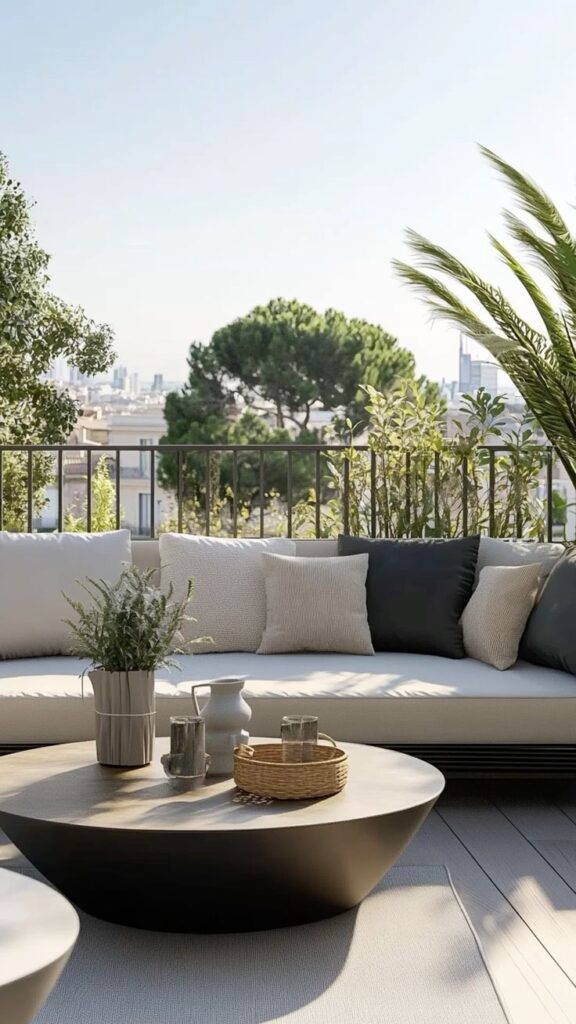
Design Considerations for Terrace Seating
When creating terrace seating, focus on planning the space effectively, ensuring the look complements your home, and blending the seating with your outdoor environment. Each of these factors impacts comfort, usability, and visual harmony.
Space Planning
Start by measuring your terrace area precisely. Consider the number of people you expect to seat regularly.
Create zones based on function: dining areas require a table and chairs, while lounging spaces need softer seats like sofas or benches. Leave enough pathways for easy movement, typically 24–36 inches wide.
Think vertically as well. Adding built-in or stackable seating helps save space. Choose outdoor furniture that fits the terrace scale; bulky pieces can crowd the area and limit usability.
Aesthetic Appeal
Choose seating that matches the style of your home and terrace. Materials like teak, metal, or weather-resistant wicker offer different looks while standing up to the elements.
Use cushions and fabrics in neutral or complementary colors to soften hard surfaces while enhancing comfort. Incorporate patterns sparingly to avoid visual clutter.
Consistency in design—such as repeating colors or textures—helps create a unified feel. Avoid overly ornate furniture that can overpower smaller terraces.
Integration with Outdoor Spaces
Your terrace seating should connect smoothly with the surrounding garden or yard. Consider positioning seats to maximize views or access to natural shade.
Incorporate planters or low partitions to define seating zones without blocking sightlines. Using weatherproof outdoor furniture ensures longevity and reduces maintenance.
Lighting options near seating can extend usability after dark, enhancing ambiance while maintaining safety. Think about how the seating interacts with other outdoor elements like fire pits or water features.
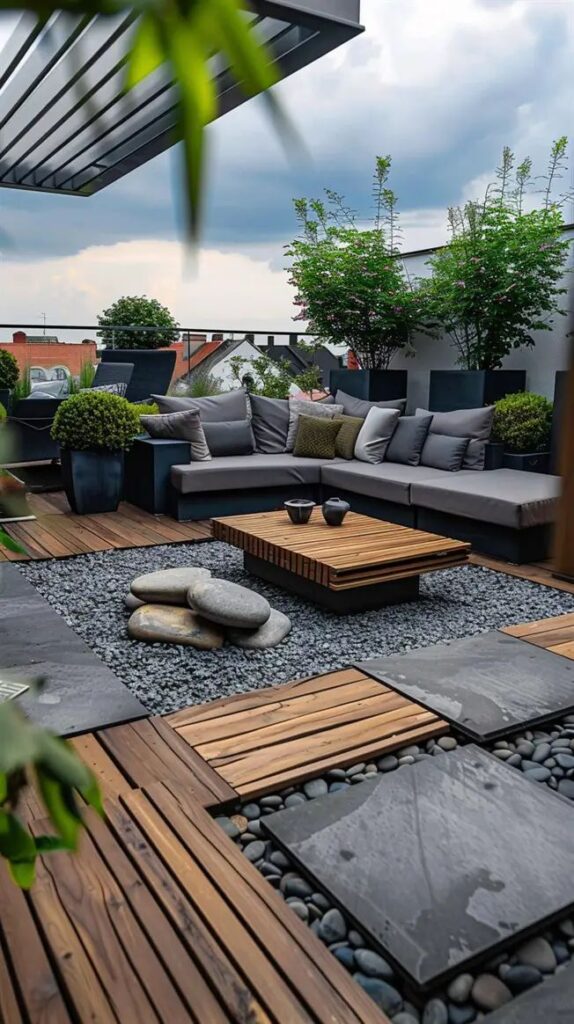
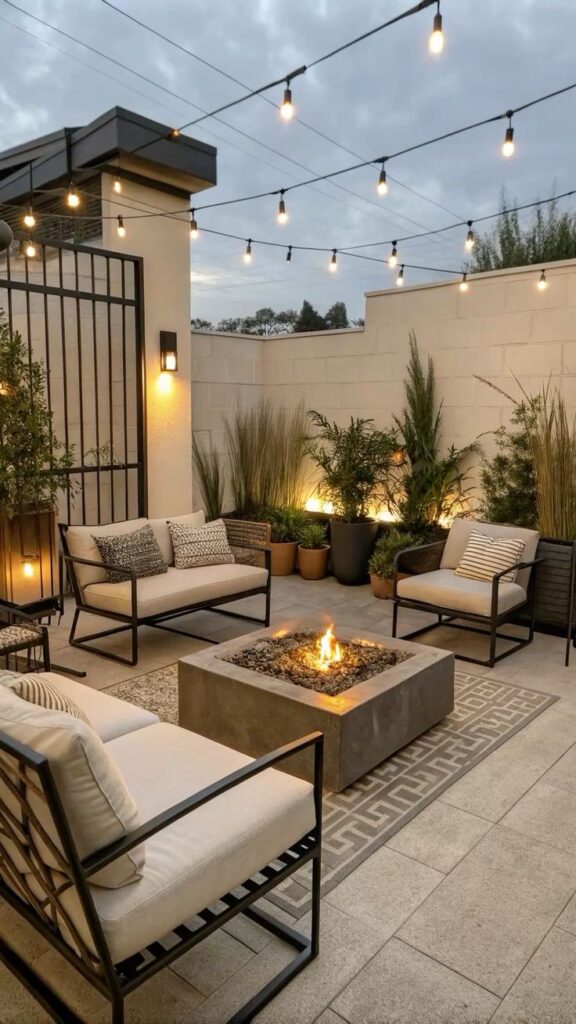
Material Selection and Durability
Choosing the right materials for your terrace seating impacts both its lifespan and comfort. You should focus on options that withstand weather conditions, require manageable upkeep, and preferably support sustainability goals.
Weather-Resistant Options
For durability in outdoor settings, prioritize materials like aluminum, teak wood, and powder-coated steel. Aluminum is lightweight, rust-resistant, and won’t easily corrode, making it ideal for humid or rainy environments. Teak offers natural oils that resist decay, pests, and moisture, preserving its integrity over time.
Synthetic wicker and rattan blends also provide good resilience while maintaining an attractive look. However, they may not be as strong as metal or hardwoods against harsh weather. Plastic furniture is the least durable but can resist water damage.
When selecting patio furniture, focus on materials proven to tolerate your local climate for longer-lasting terrace seating.
Maintenance Requirements
Maintenance varies significantly by material, which affects the effort you’ll invest in keeping your terrace furniture durable. Teak requires annual oiling or sealing to maintain water resistance and color but resists rot and insects naturally.
Aluminum and powder-coated steel demand minimal upkeep, usually just a periodic clean with mild soap and water to prevent dirt buildup. Synthetic wicker needs occasional dusting and protection from extreme sun fading.
Avoid materials needing frequent sealing or complex treatments if you want low-effort durability. The right balance depends on how much time you’re willing to spend on upkeep.
Eco-Friendly Materials
If sustainability matters, seek materials that minimize environmental impact while retaining durability. Teak sourced from responsibly managed forests offers longevity without frequent replacement. Some manufacturers use recycled aluminum, reducing resource consumption and energy use.
Natural rattan and other plant-based fibers are renewable but require adequate weatherproofing to extend their lifespan outdoors. Avoid plastics unless they use recycled content and ensure their design supports recyclability after use.
Choosing eco-friendly patio furniture aligns durability with environmental stewardship, helping you make a more conscious purchase.
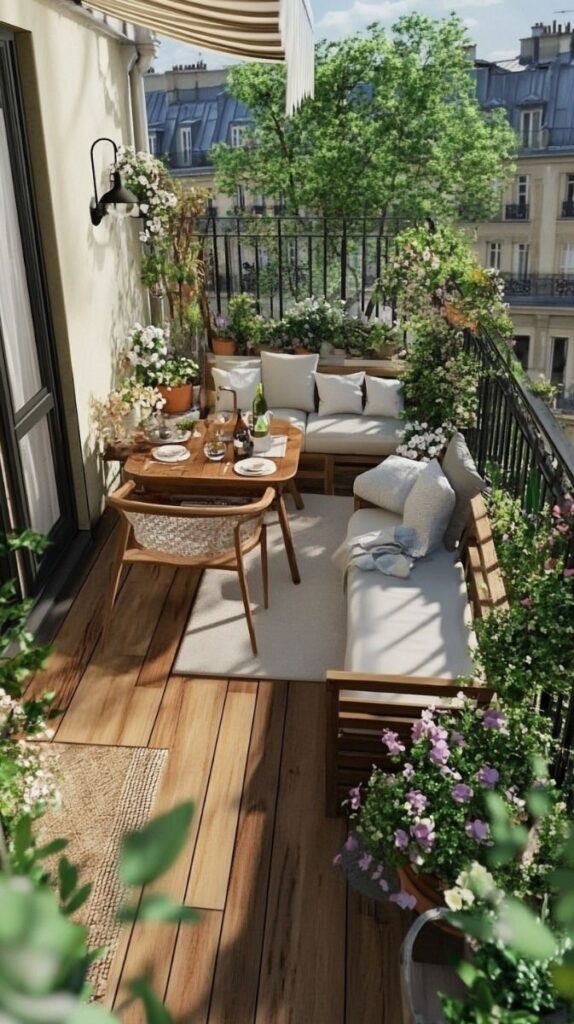
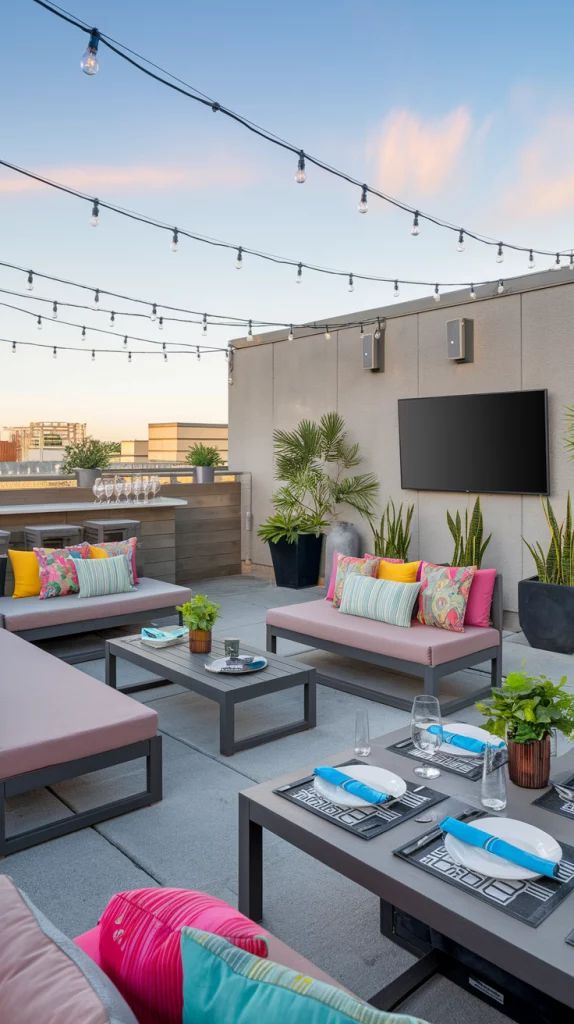
Popular Terrace Seating Styles
When selecting terrace seating, consider how each style fits your space, lifestyle, and outdoor furniture preferences. Each offers distinct benefits in terms of comfort, flexibility, and design impact.
Modular Seating
Modular seating consists of individual pieces you can rearrange to suit different occasions. This style offers flexibility for varying group sizes and activities, making it ideal if your terrace hosts diverse gatherings.
You can mix and match sections like sofas, chairs, and ottomans. Materials often include weather-resistant wicker, metal, or treated wood paired with outdoor cushions. Modular setups adapt easily to your terrace layout changes or additional seating needs.
This seating style prioritizes versatility without sacrificing comfort. You have the option to expand or reduce seating as required, which is practical for dynamic outdoor use and seasonal adjustments.
Built-in Benches
Built-in benches maximize space by integrating seating directly into terrace structures. Often constructed with concrete or wood, they create a permanent, solid foundation that blends seamlessly with your outdoor architecture.
This style is suitable if you want an intimate seating area that feels like an extension of your home. You can add cushions or pillows for comfort and style, enhancing usability without compromising durability.
Built-in benches reduce furniture clutter and can double as planters or low walls, providing a clean, minimalist aesthetic. Their fixed nature suits terraces with tight spaces or fixed layouts.
Lounging Arrangements
Lounging arrangements focus on relaxation with deep chairs, chaise lounges, or daybeds. They emphasize comfort and leisure, perfect if your terrace serves as a retreat or sunbathing spot.
Use plush outdoor furniture with weatherproof textiles designed to endure sun and moisture. Adjustable backs or reclining features increase comfort, allowing you to customize your seating position.
This style typically requires more space but creates a resort-like atmosphere. It is ideal if you want a focus on individual comfort over social seating density.
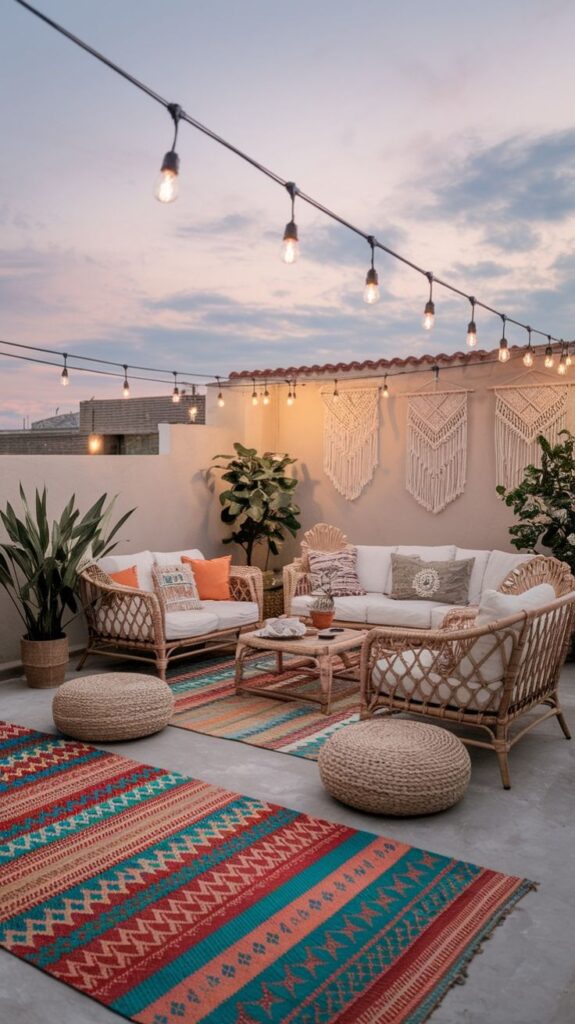
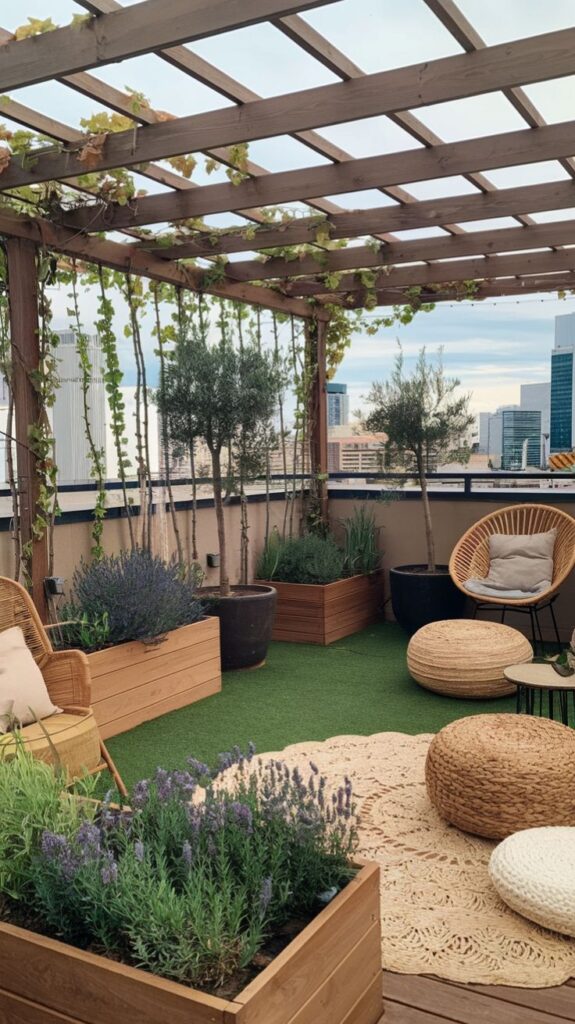
Enhancing Comfort and Functionality
To make your terrace seating both comfortable and practical, focus on elements that improve relaxation and usability. Thoughtful choices in padding, sun protection, and lighting will help you enjoy the outdoor space longer and more comfortably.
Cushions and Accessories
Using cushions designed for outdoor use significantly boosts comfort. Look for materials that resist moisture and fading, such as solution-dyed acrylic or polyester. Opt for thick padding to support longer seating without discomfort.
Adding accessories like throws and pillows allows you to customize your patio furniture. These items can be changed seasonally or cleaned easily, maintaining a fresh look. You can also include blankets for cooler evenings, extending your terrace usage.
Consider cushions with removable, washable covers to keep maintenance simple. Secure cushions with ties or non-slip backing to prevent shifting on smooth surfaces. This small detail enhances your seating experience without compromising aesthetics.
Lighting and Shade Solutions
Proper lighting can extend the usability of your terrace after dark. Use soft, warm LED string lights or solar-powered lamps to create an inviting atmosphere without harsh glare.
Shade options are essential for daytime comfort. Adjustable awnings, umbrellas, or pergolas offer protection from direct sunlight and heat. The ability to control shade helps you adapt your seating to changing weather and sun angles.
Choose shade solutions that complement your patio furniture in color and style. This coordination improves the overall look and prevents shade devices from dominating the space visually.
- 0shares
- Facebook0
- Pinterest0
- Twitter0


